Photos: A Frozen Croc Goes to the Hospital
Dino Analog
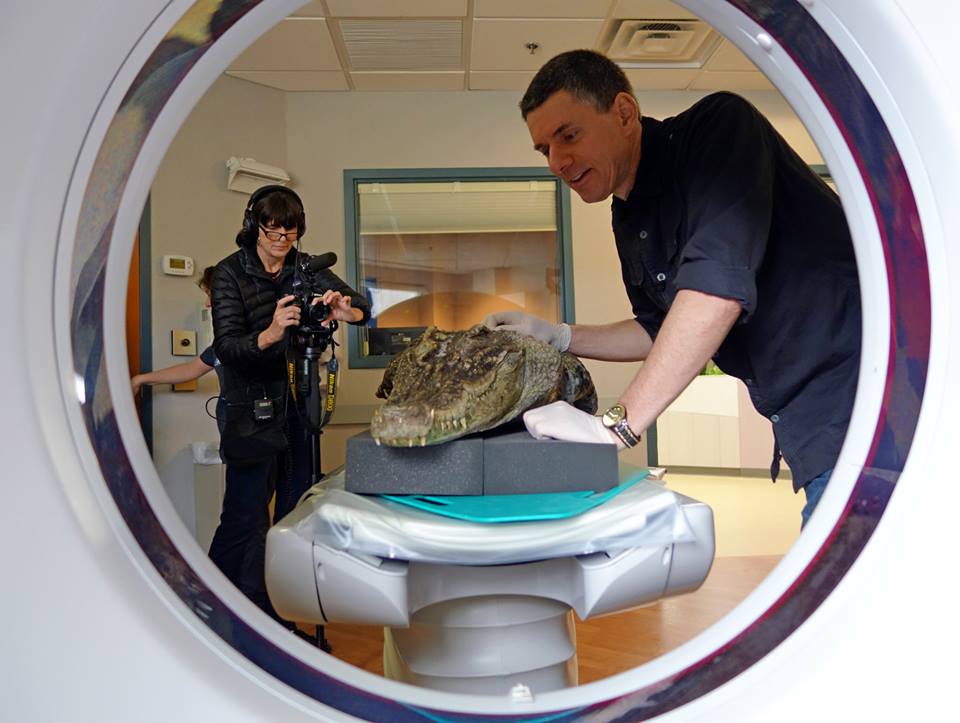
When paleontologists dig up dinosaurs, all they find are bones. As crocodiles are living cousins of dinosaurs, the organs and tiny structures inside their heads might resemble elusive soft tissue that once filled the skulls of dinosaurs.
Rare Croc CT
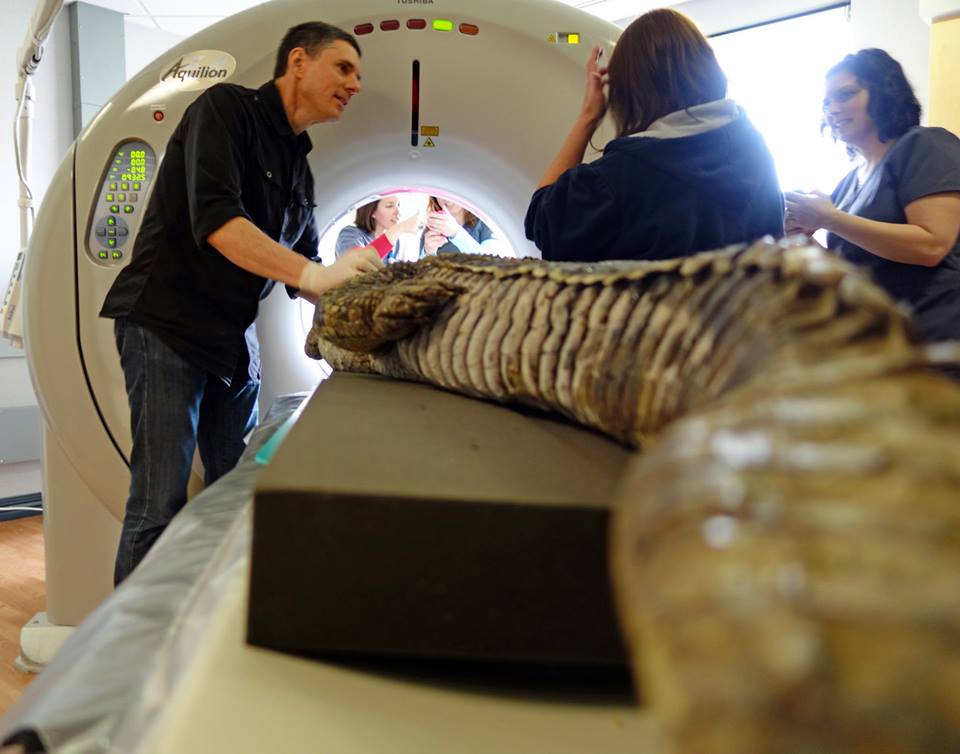
A group of researchers from Ohio University put a Siamese crocodile measuring 8.5 feet (2.5 meters) through a computed tomography (CT) scanner at the OhioHealth O'Bleness Hospital in late March 2014.
Floating Croc
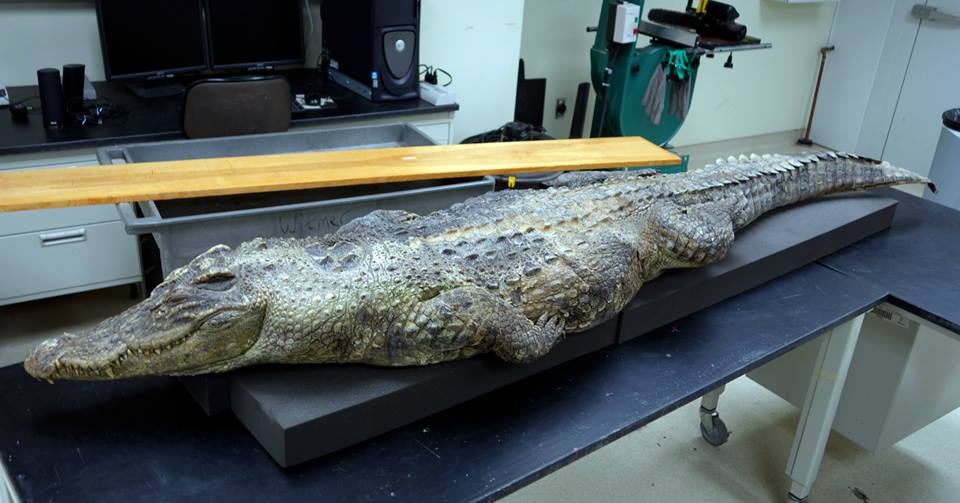
The croc rests on a bed of foam, which is essentially invisible to the CT scanner's x-rays.
Larry Witmer
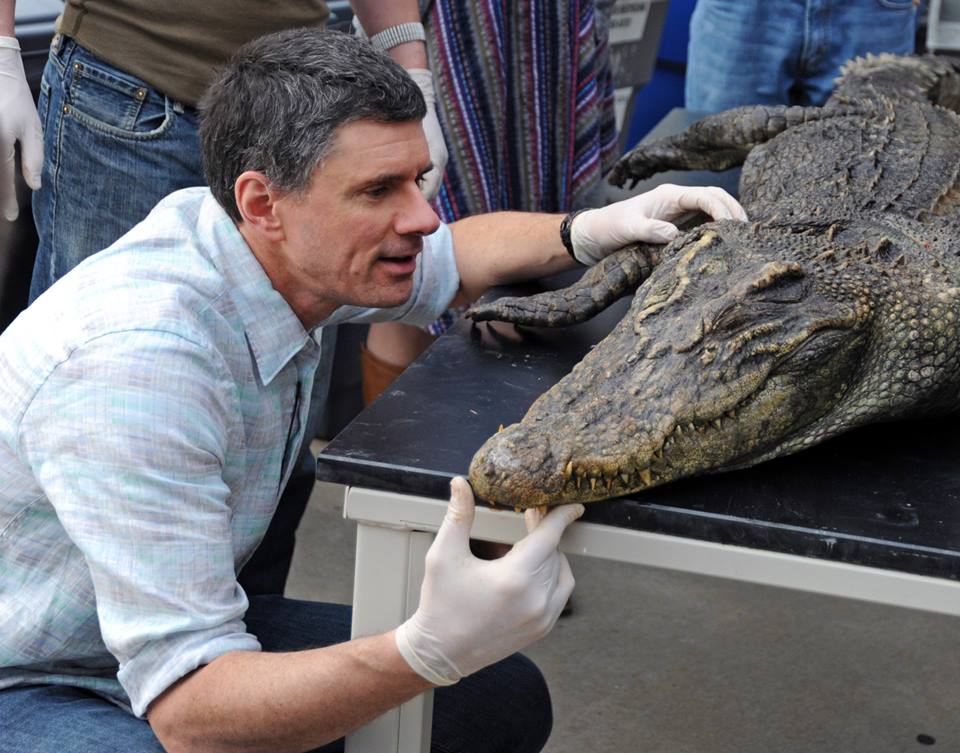
Larry Witmer of Ohio University says his team has probably scanned half of all modern-day crocodilian species. This specimen, a Siamese crocodile, was scanned on March 29, 2014.
Seeing Inside the Croc
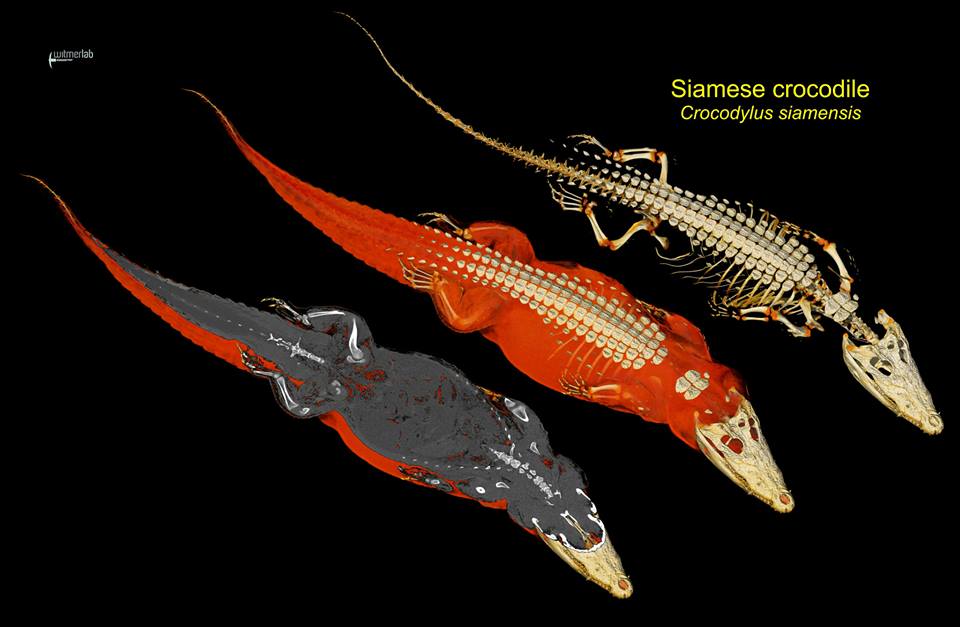
The CT scan of the Siamese crocodile produced more than 8,000 cross-sectional slices just 300 microns (less than 0.012 inches) thick.
Skull
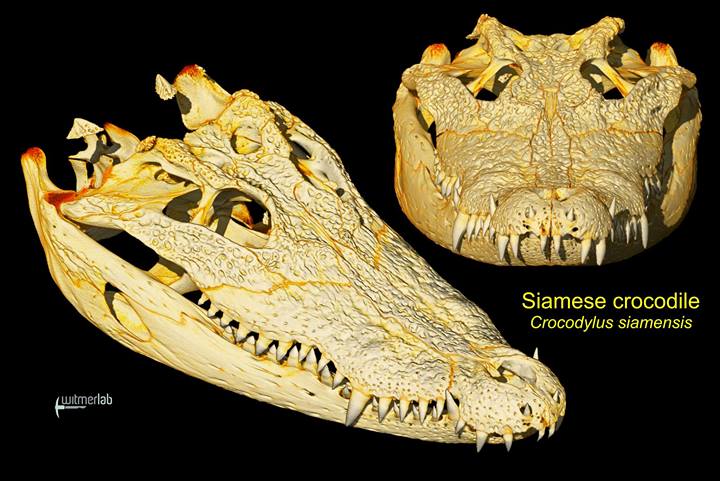
Siamese crocodiless are known for being "horned," according to Witmer. The CT scan images of the skull revealed gnarly bits of bone attached at the outer back corners of the skull.
Small Populations
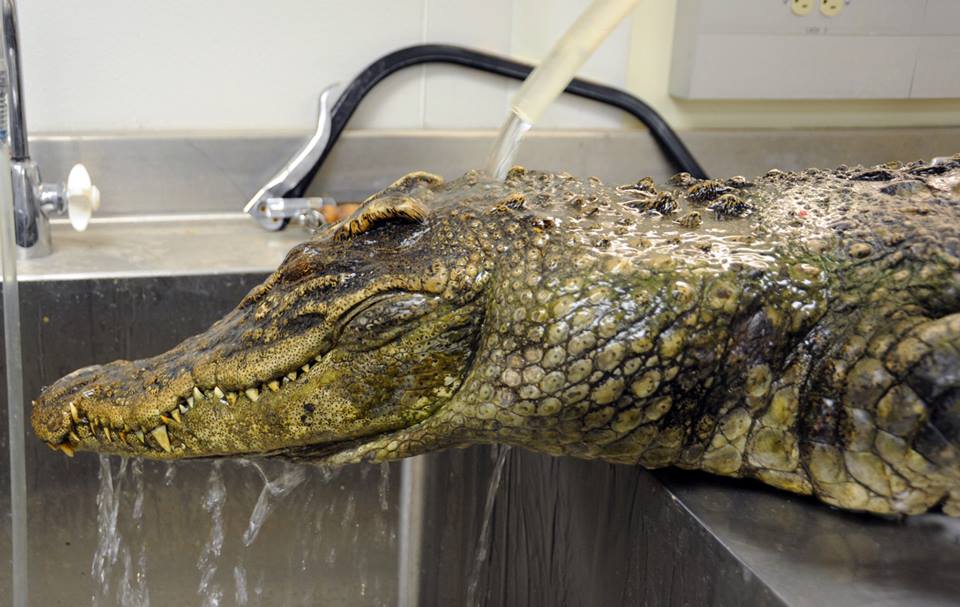
Siamese crocodiles are native to Southeast Asia, with the largest remnant populations living in Cambodia. Though researchers don't have solid estimates on the species' current numbers, there may be as few as 250 individuals left in the wild.
Sign up for the Live Science daily newsletter now
Get the world’s most fascinating discoveries delivered straight to your inbox.
Almost Extinct
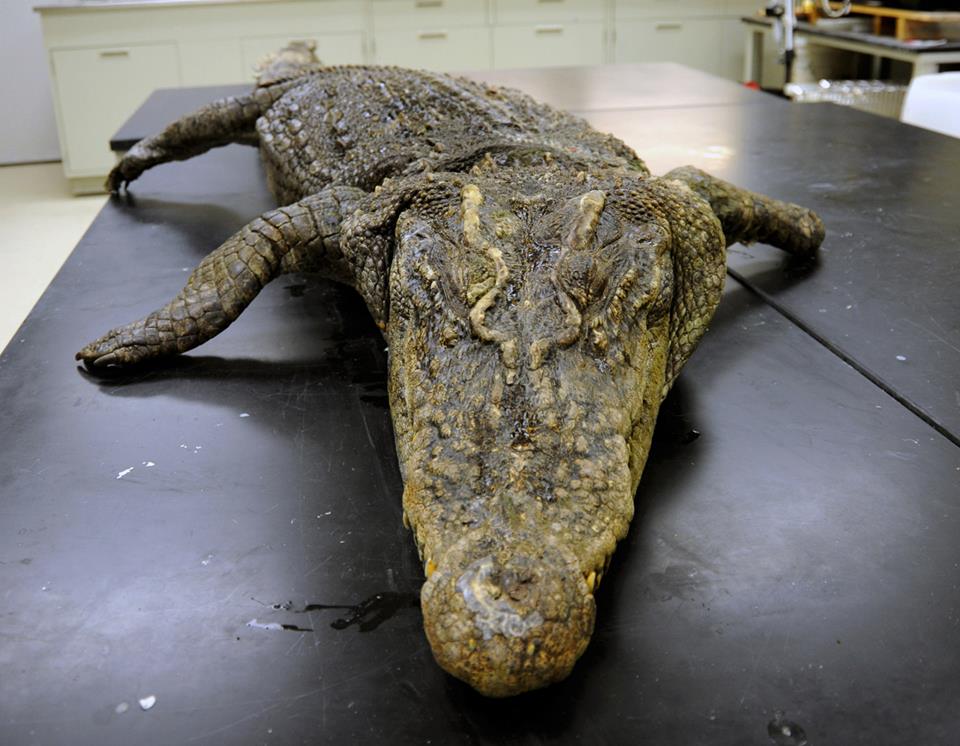
By 1992, Siamese crocodiles were virtually extinct in the wild. The International Union for Conservation of Nature (IUCN) lists the species as "critically endangered."
Scaly Subject
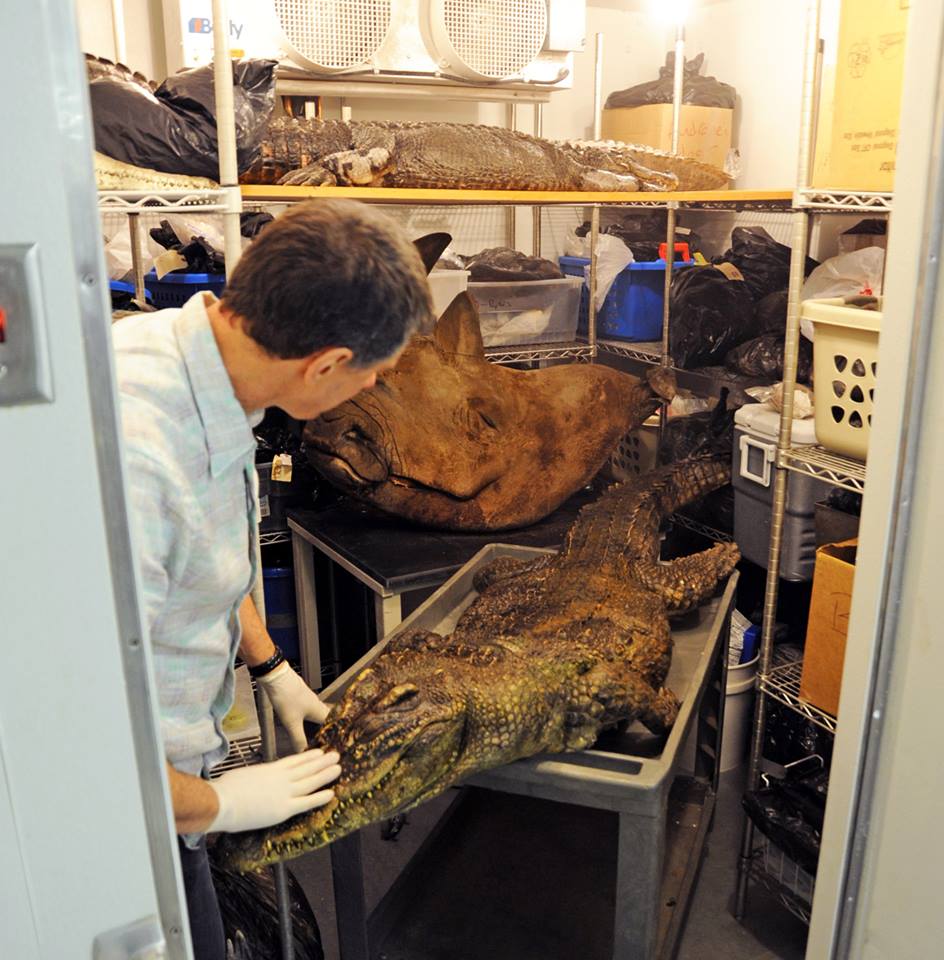
This particular croc died of natural causes at a breeding facility in South Carolina. Its carcass was shipped to the Witmer Lab at Ohio University in December 2013 for study.










